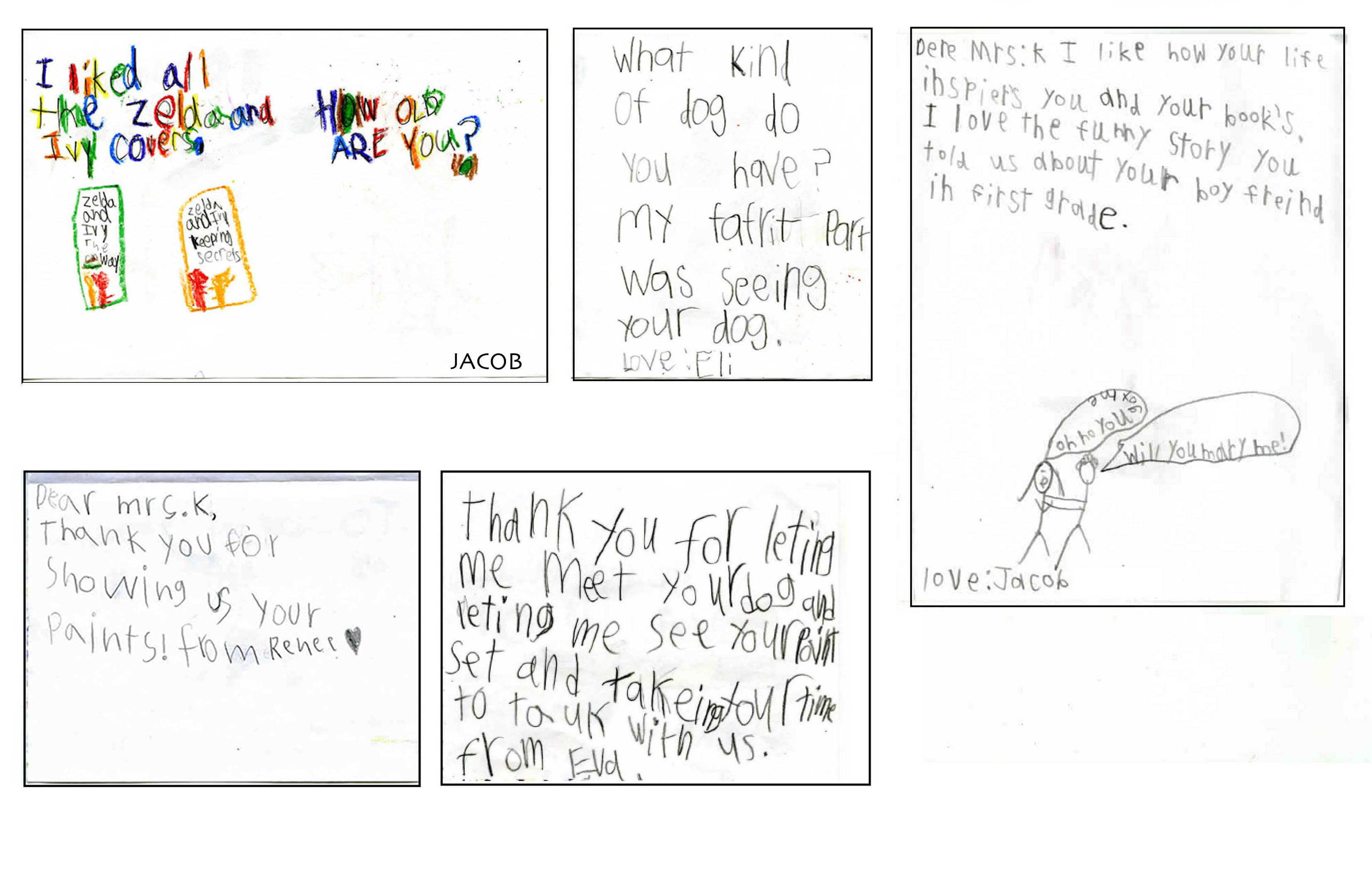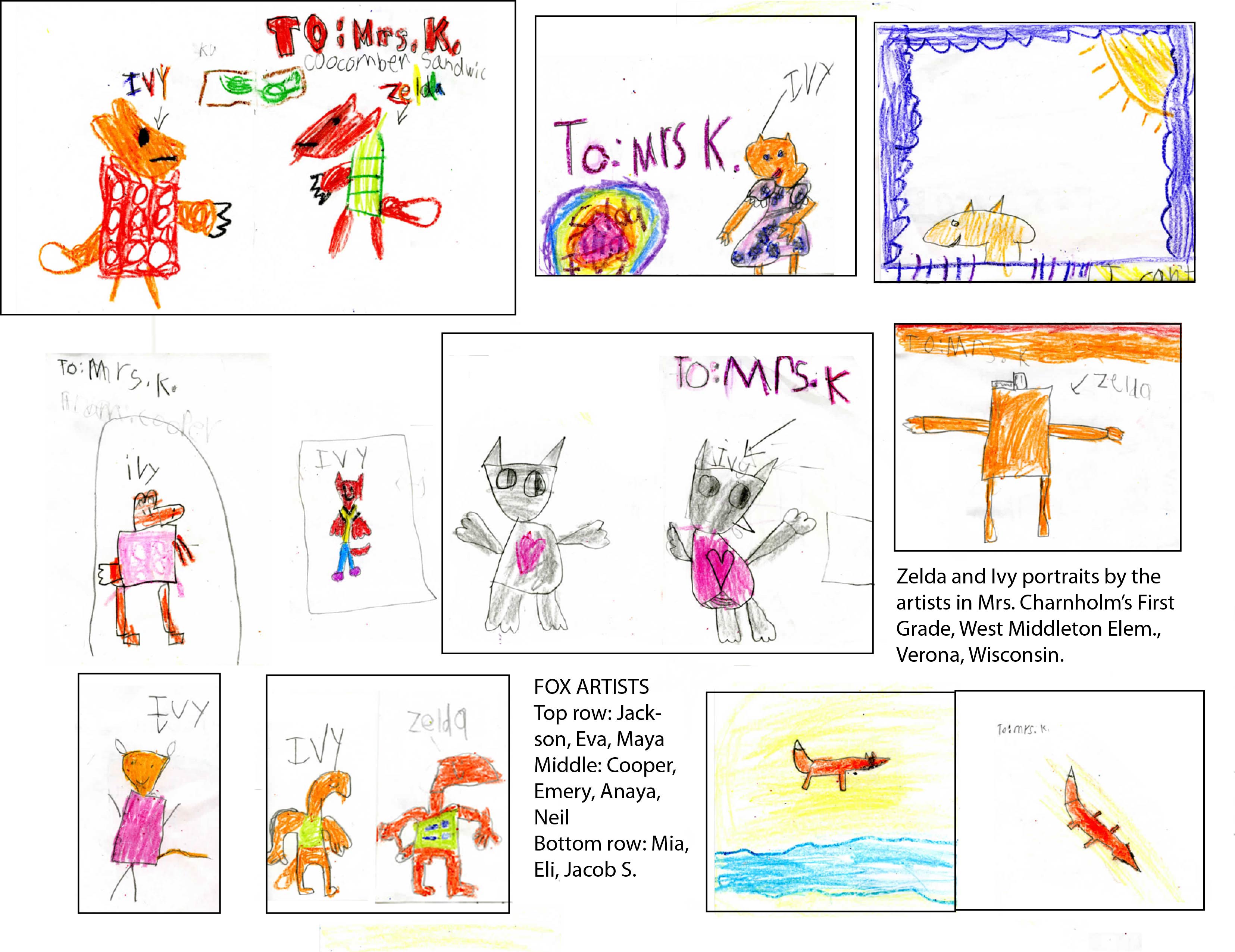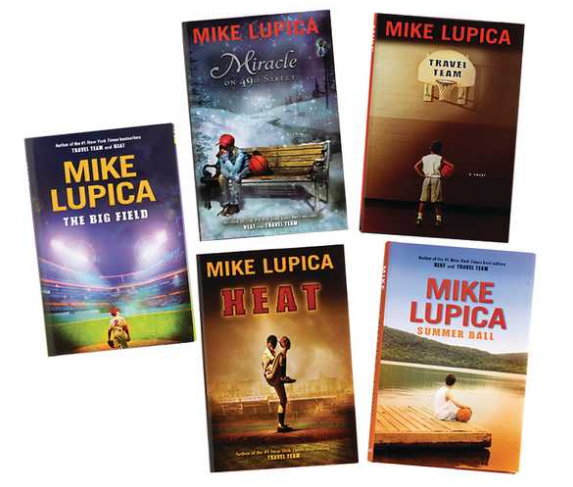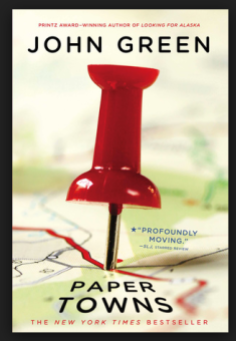Here at the beginning of a new year, I thought it might be fun to revisit my beginnings as a writer and share what I learned from those first attempts. It’s a story in three chapters.
Chapter one – The Music of Language, age 5
I am lying under the piano listening to my oldest sister practice when I find a silver letter opener on the rug. I am filled with an irresistible urge to scratch my name into the shellacked finish of the piano, but I know I will get in trouble if my mom finds it, so I carve ‘KATE,’ my two-year old sister’s name, instead.
LESSON LEARNED: Writing can be risky when your mom finds out.
Chapter two – A Dramatic Arc, age 10
I pass a note down our row to Denny Minners, the cutest boy in the fifth grade. The note says: “I like you. Do you like me? Check one: yes or no.”
Mrs. Hague confiscates my note as it makes its way back up the row. She reads it to the class. I bury my head in my sweatered arms, breathing wet wool. Denny’s answer makes it worse. He has checked “no.”
LESSON LEARNED: It’s dangerous to put your heart on paper.

Chapter three – Writing Lab, ages 15-18
Every Wednesday after dinner my dad and I go over the weekly column I write for his newspaper. My column is called Campus Letter and it’s full of news from my high school, like the Junior Statesmen of America’s straw poll (Hubert Humphrey beat Nixon 2 to 1), or the theme for the Christmas Ball (Tinsel Time).
My dad and I sit at the kitchen counter next to the just-washed dishes. He holds his black copy pencil ready. I offer up my small sheaf of freshly-typed pages.

And the lessons begin: crafting a lead sentence, writing tight, choosing the right word, checking facts – lessons usually offered with humor and affection, but sometimes freighted with his impatience which makes me cry. Dad drives home the idea that how you tell a story is as important as what the story is about. For three years we work together Wednesday nights in the kitchen. I come to know myself as a writer and as his daughter. I come to know the satisfaction of expressing myself through writing.
LESSON LEARNED: Writing is hard, but an exacting teacher who believes in you makes all the difference.
Eventually I figured out I came to the wrong conclusions in the first two chapters. I realized it’s okay to write stuff that your mom doesn’t approve of, and that stories are, truly, better if you put your heart on the page. But Dad’s weekly lessons stayed true and developed my ability to write my observations and life experiences into story.
• • • • •
I’m a believer in Maya Angelou’s advice, “When you learn, teach.” School visits give me a chance to teach kids to write their life experiences into stories.
Like the time I visited Vernonia, in the coast range of Oregon. This town of 2,200 residents had been ravaged by a catastrophic flood. Businesses and schools and hundreds of homes had flooded, requiring National Guard troops to rescue more than 200 people as the Nehalem River crested above flood levels. Teachers at the elementary school hoped I might encourage students to write about their flood experiences, to help them deal with the trauma.


I workshopped with kids in the primary grades. I talked about writing as a way to think things through. I demonstrated how I use drawing to center and generate a story before writing the text. Then I led a brainstorming session, urging kids to float back in their memories, to find a story that evokes big emotion – fear, laughter, love, anger, awe; to find a story that raised its hand to be told that day.
Surprisingly, many of the stories that offered themselves were not flood-related. Other stories loomed bigger for some kids, so, of course, that’s what they wrote about. There was a story about catching a big fish, another titled “The First Time I Jumped on my Horse Named Emily,” and another “My Mom’s Wedding.”

My favorite was “How We Built a New Rec Room” written by a second grade boy who was one of seven kids – “My dad decided he didn’t really need all of the garage,” the story began. The boy wrote how each kid helped with a part of the project. He had helped his dad with the mudding. It ended with an illustration of the whole family sitting on the sofa in the new rec room.
I was proud of these young writers who were willing to go with the memories that bubbled up and shape them into stories.
At the end of that long day of making stories with the kids at Vernonia Elementary, I was walking down the hall when a voice chirped ‘Mrs. Kaskasnosky.” I turned to see this little kid running toward me, his lunchbox in one hand, his coat hooked by the hood onto his head and flying out behind. He reached for my hand and looked up into my face. “I love you,” he said.
That’s what happens when you bring the stories that matter to the page. Happy new year and new beginnings to you all!



 You can’t help but imagine their lives as revealed by their homes. It’s an interesting insight, especially for we nosy writer-types.
You can’t help but imagine their lives as revealed by their homes. It’s an interesting insight, especially for we nosy writer-types.















 and a beautiful illustrated book of Luna’s own, The Fox Princesses, in which sisters named Luna and Zoe team up with Zelda and Ivy to help a bear.
and a beautiful illustrated book of Luna’s own, The Fox Princesses, in which sisters named Luna and Zoe team up with Zelda and Ivy to help a bear.









 My Fox sisters are surely thrilled at the many portraits Mrs. Charnholm’s first graders included in their thank you notes.
My Fox sisters are surely thrilled at the many portraits Mrs. Charnholm’s first graders included in their thank you notes. more portraits —
more portraits —





 I was seeing my old familiar walk with fresh eyes. So exhilarating.
I was seeing my old familiar walk with fresh eyes. So exhilarating. I send my files to Kate for coloring. Kate works in Photoshop, too.
I send my files to Kate for coloring. Kate works in Photoshop, too.










